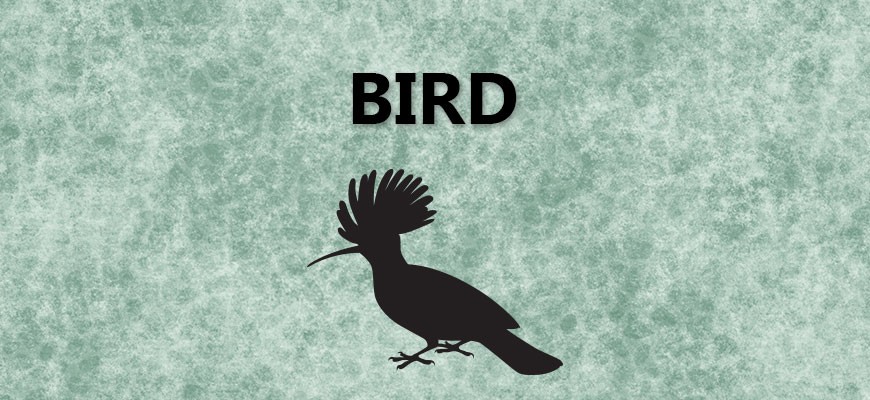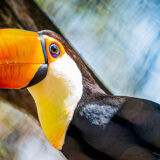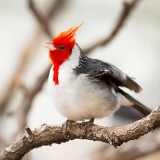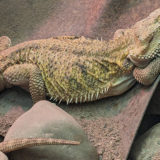RANGE
Endemic to the Island of Hawaii, occasionally seen on Kauai, Oahu, and Maui
HABITAT
Rainforest, hardwood and guava forest, papaya and macadamia nut orchards, eucalyptus stands and pastureland with scattered large ‘ohi ‘a and/or koa trees.
SIZE
The male is smaller than the female, the average male weight is 441 g; the weight of the average female is 605 g. The body length is from 15½ to 18 inches.
LIFE EXPECTANCY
25 – 30 years
REPRODUCTION
Hawaiian hawks are monogamous, in that a pair will mate and be loyal to each other for one or more years. However, they do not mate for life, they may change mates at the beginning of some subsequent breeding season. They have a regular breeding season even though there may be a great deal of difference in the amount of rainfall in a given year or on different islands. Courtship consists of much soaring, diving and foot touching. Both the male and the female build the nest and incubate the 1 – 3 eggs that are laid in late April or early May. The young birds hatch in late May to late June after an incubation period of approximately 38 days. The male provides most of the food for the first 4 – 5 weeks, with the female doing all of the feeding of the young. The female begins leaving the nest for short periods of time the 5th week. The young fledge at 7 – 9 weeks. Both parents bring prey for the juveniles for 25 – 37 weeks after fledgling. If a pair successfully raises young one year, they will probably not breed the following year.
DIET
Wild: 23 species of birds, six species of mammals, seven species of insects and spiders, onw species of crustacean and one species of amphibian. Before the arrival of Polynesian and European men, the Hoary bat was the only mammal on the island, so the hawks probably existed mainly on a diet of birds.
Zoo: three to four mice per bird daily except Sunday when they are fasted.
BEHAVIOR
They make a high, squeaking call that sounds like “kee-oh”. This is the only hawk native to the Island of Hawaii. It is very territorial. Most, but not all, mate for life. Soars and swoops, hunts on the wing but does not hover. When perched, the wingtips fall short of the tip of the tail.
POINTS OF INTEREST:
Two color phases:
The dark morph adults are dark brown on their head, body, covert and tail, except for silvery undersides of flight feathers and whitish under-tail coverts. Juveniles are very similar to adults but have tawny streaks and bars on the underside.
The light morph adults have a brown head and upper parts and whitish under parts with dark streaking while the juveniles have entirely pale creamy heads and creamy under parts with little or no streaking. They have brown eyes, black bills with a bluish base and greenish-yellow legs and feet.
STATUS
Endangered: Due to habitat loss. Rodenticides have not yet played a role in their status, but usage should be monitored
BIBLIOGRAPHY
Griffin, C. R. Biology of the Hawaiian Hawk (Buteo solitarius). Ph.D. diss., University of Missouri. 1985
U.S. Fish and Wildlife Service. Hawaiian Hawk Recovery. 1984
Berger, Andrew J. Hawaiian Birdlife. 1972






